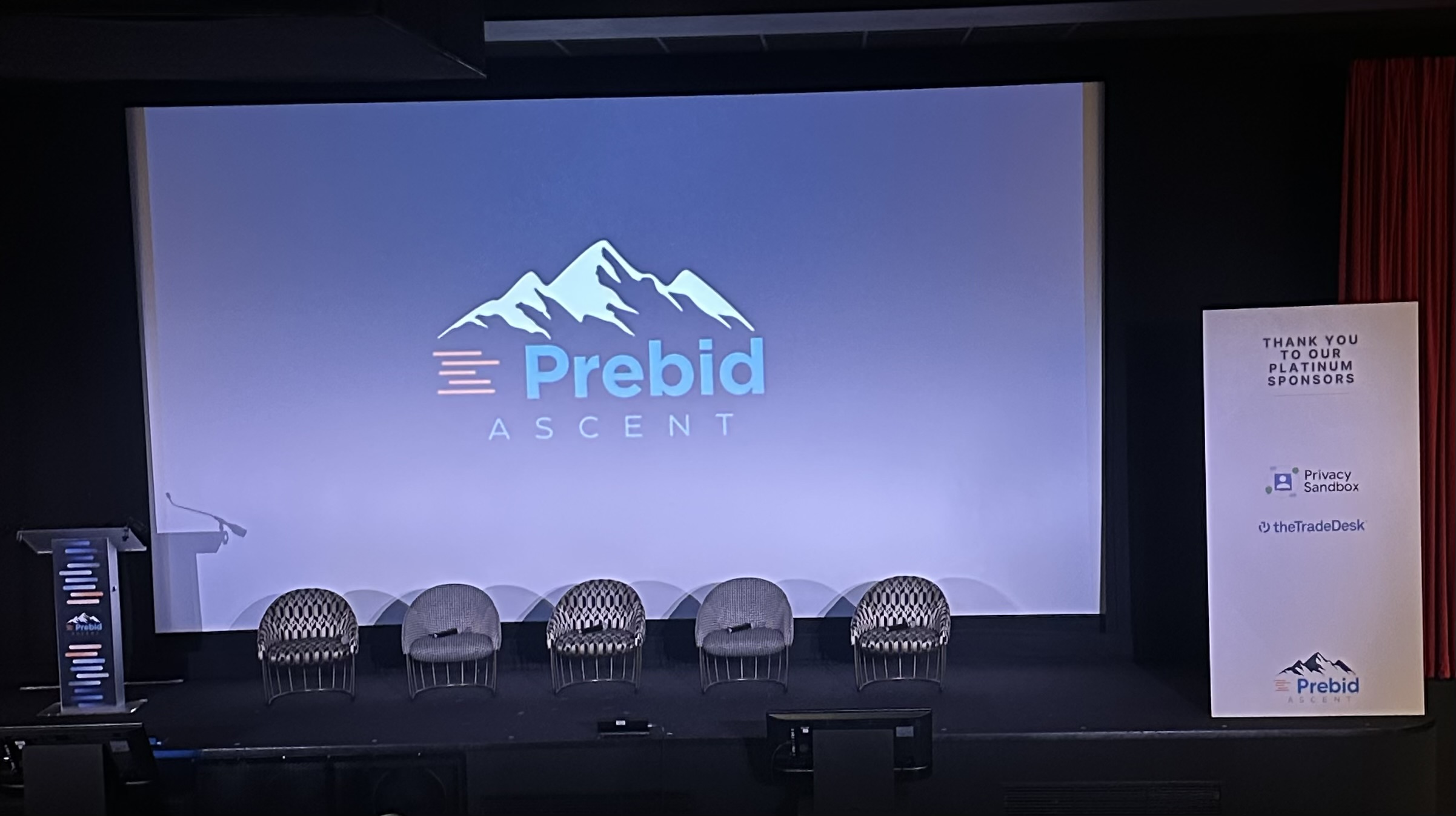The digital landscape is ever-evolving, with Google at its helm steering the course. Every time Google updates its search algorithms, publishers worldwide feel the ripples—sometimes as gentle nudges, and at other times, as disruptive waves. The August 2023 core update, which is still rolling out, has been especially consequential to publishers.
Understanding and adapting to these Google algorithm changes is not just about recovery but about staying ahead. So, how can publishers fortify their SEO strategies amidst these updates?
1. Understand the ‘Why’ Behind the Update
Before diving into tactics, understand the purpose of Google’s algorithm updates. Historically, the tech giant’s primary objective has been to improve the user experience. Whether it’s prioritizing mobile-first indexing or emphasizing page experience, the end goal is always to deliver relevant, high-quality content to users efficiently. When you align your website’s goals with this principle, you’re already on the right track.
2. Prioritize Quality Content
High-quality, original content remains king. Google’s algorithm changes may shift the ground beneath our feet, but this fundamental truth is unchanged. Focus on creating content that offers genuine value to your audience. Ditch the fluff, avoid keyword stuffing, and prioritize depth and relevance.
When in doubt, put yourself in the shoes of your audience. When you have an understanding of your audience and the problems they’re trying to solve through a search journey, you’ll be better able to discern how to optimize content for relevance and quality. Audience journey maps can be helpful in visualizing and contextualizing the reader or viewer’s experience.
3. Embrace Mobile-First Design
With mobile search queries consistently surpassing desktop, it’s no wonder Google prioritizes mobile optimization. Ensure your website is responsive, maintains a consistent design across devices, and offers a seamless user experience for mobile visitors.
Mobile-first designs often rely on long-form web pages that are broken up with images and short pieces of text that are easily readable on mobile devices. These designs often rely on scrolling for sub-sections of content instead of lengthy sub-menus that make navigation on cell phones tricky.
4. Optimize Page Experience
Google’s Core Web Vitals have become integral ranking factors. Focus on metrics like Largest Contentful Paint (LCP), First Input Delay (FID), and Cumulative Layout Shift (CLS). By enhancing website speed, interactivity, and visual stability, you not only appease the algorithms but also offer a superior user experience.
In Google Chrome, you can do an easy assessment of page experience of any webpage, by accessing Developer Tools and running a Lighthouse report.
5. Invest in Comprehensive Keyword Research
While content is king, context is its queen. Regularly update your keyword strategy to reflect current trends and user behaviors. Utilize tools like Google Trends, SEMrush, or Ahrefs to keep your content relevant and discover new opportunities.
6. Strengthen E-A-T (Expertise, Authoritativeness, Trustworthiness)
Especially crucial for YMYL (Your Money Your Life) sites, Google’s emphasis on E-A-T means publishers need to showcase their credentials, cite reputable sources, and consistently deliver accurate information.
This new Experience element in EEAT emphasizes the importance of firsthand knowledge in the content being presented, ensuring that some types of content are produced with direct experience to be deemed trustworthy.
Examples of how to improve the rating include obtaining guest posts from industry experts or having a clear author bio with credentials.
7. Foster Quality Backlinks
While the age of buying bulk backlinks is long past, the importance of organic, high-quality backlinks remains. Collaborate with reputable websites, guest post on influential platforms, and produce share-worthy content.
Remember that the Domain Authority (DA) of your backlinks matters to Google. Low DA backlinks can actually penalize a website in Search, so you’ll want to track the backlinks to your website using Developer Tools. WordPress and other hosting providers offer backlink alerts. If you notice a low DA backlink, you can utilize robots.txt to disallow crawlers from taking them into account in your rankings.
8. Engage with the Community
Remember, SEO isn’t just about appeasing search engines. Engage with your audience on social platforms, forums, and through comments. Feedback can offer invaluable insights into content improvements and user needs.
9. Regular Audits are Crucial
Regularly audit your website for broken links, outdated content, and any technical glitches. Tools like Screaming Frog or Google Search Console can be instrumental in this regard.
10. Stay Updated
Last but certainly not least, stay informed. Join SEO forums, follow digital marketing thought leaders, and keep an eye on official announcements from Google.
While the challenge of adapting to Google’s ever-changing algorithms may seem daunting, it offers an opportunity. An opportunity to refine, improve, and elevate our strategies. By staying informed, focusing on the user, and consistently delivering quality, publishers can not only recover traffic but also forge ahead in the digital landscape.













